Craft Your Vision into Reality
RudraTech's 10-Step Guide to Building Your Software.
Our step-by-step process ensures that we understand your needs, maintain transparency, and provide you with a high-quality product. Let’s walk you through our streamlined software development process:

Step 1: Understanding Customer Needs
The first step in our software development process is to thoroughly understand your requirements. We can arrange a call, a Google Meet session, or a physical meeting, whichever is most convenient for you. During this initial discussion, we gather information about your business, objectives, target audience, and specific needs for the software solution.


Step 2: Signing the NDA for Privacy
At RudraTech IT Services, we prioritize the confidentiality and security of your information. To ensure your privacy, we sign a Non-Disclosure Agreement (NDA) before proceeding with any detailed discussions or sharing sensitive data. This agreement safeguards your intellectual property and establishes a foundation of trust between our team and your organization.


Step 3: Providing an Affordable Quotation and Development Duration
Based on the information gathered in the initial discussions, our team prepares an affordable quotation and provides an estimated duration for the software development process. We aim to offer competitive pricing without compromising on quality. Our quotation includes a breakdown of costs, ensuring transparency and enabling you to make an informed decision.

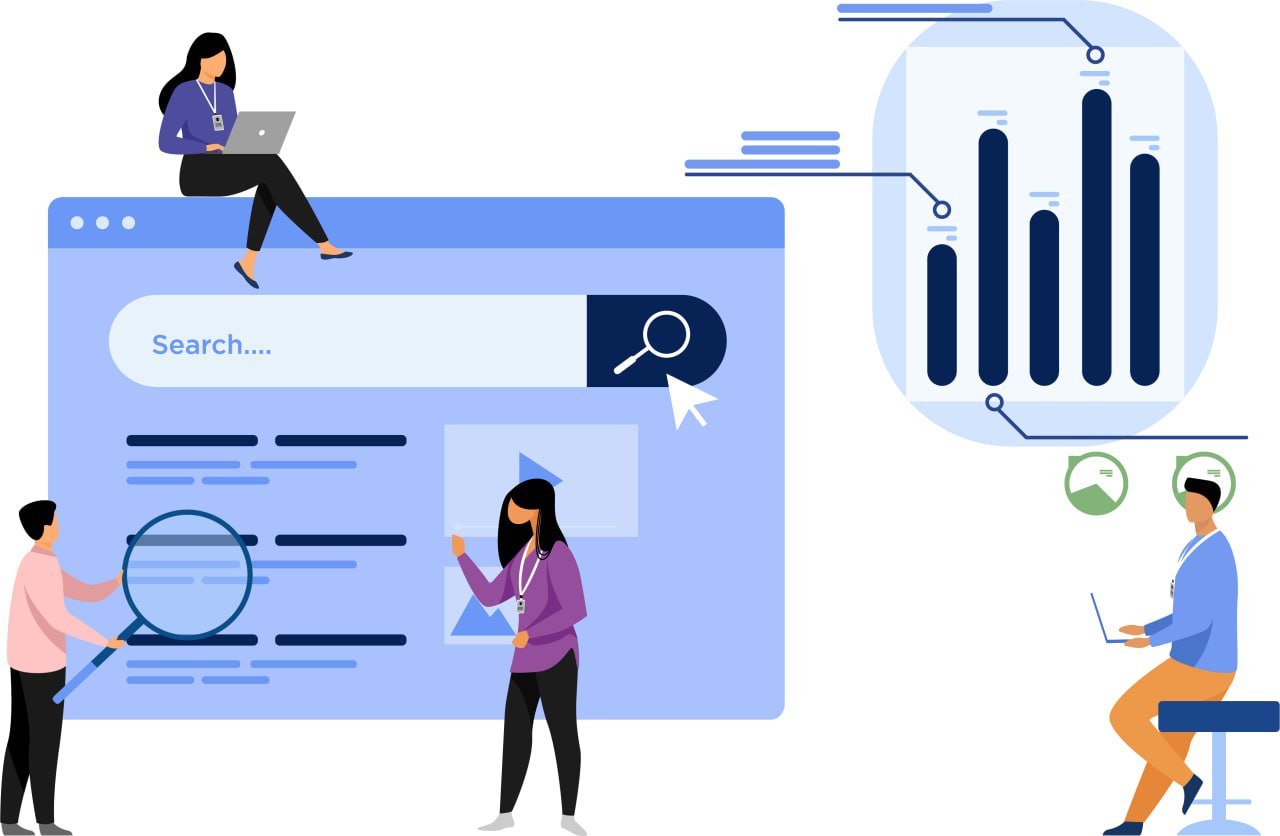
Step 4: Detailed Information Gathering and Analysis
Once you approve the quotation, we dive deeper into the project details. Our team conducts thorough research and analysis to gain a comprehensive understanding of your business processes, user requirements, and technical specifications. This helps us lay a strong foundation for the development phase.

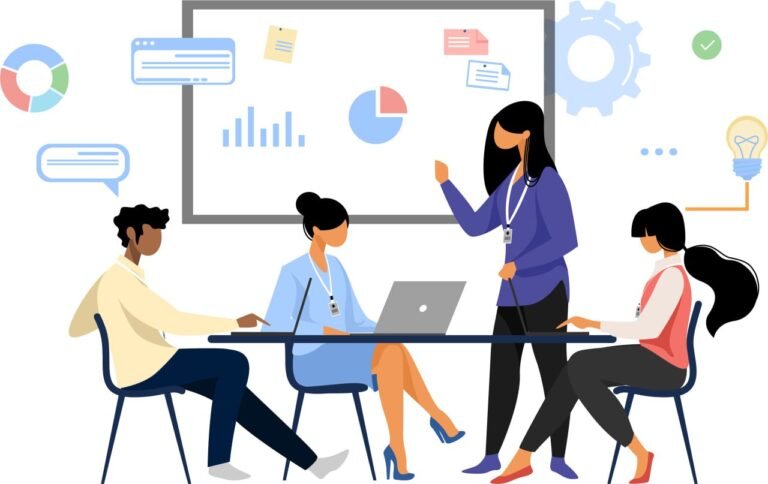
Step 5: Collaborating with Our Technical Team
At RudraTech IT Services, we believe in collaboration and teamwork. We bring together our experienced software developers, designers, and domain experts to discuss the project requirements and generate a roadmap or blueprint. This collaborative approach ensures that multiple perspectives are considered, leading to a well-rounded solution.


Step 6: Sharing the Blueprint with the Customer
Within 2-3 days, we share the blueprint of the software solution with you. This detailed plan outlines the features, functionalities, and user flow of the proposed software. We take the time to explain the blueprint, ensuring that you have a clear understanding of the development direction. Your feedback and suggestions are welcomed and incorporated into the plan.


Step 7: Explaining the First Week of Development
After the blueprint is approved, we initiate the development process. In the first week, our team focuses on creating a Minimum Viable Product (MVP) that encompasses the core functionalities of the software. We schedule a short meeting with you to discuss the progress, address any questions or concerns, and ensure that the development aligns with your expectations.

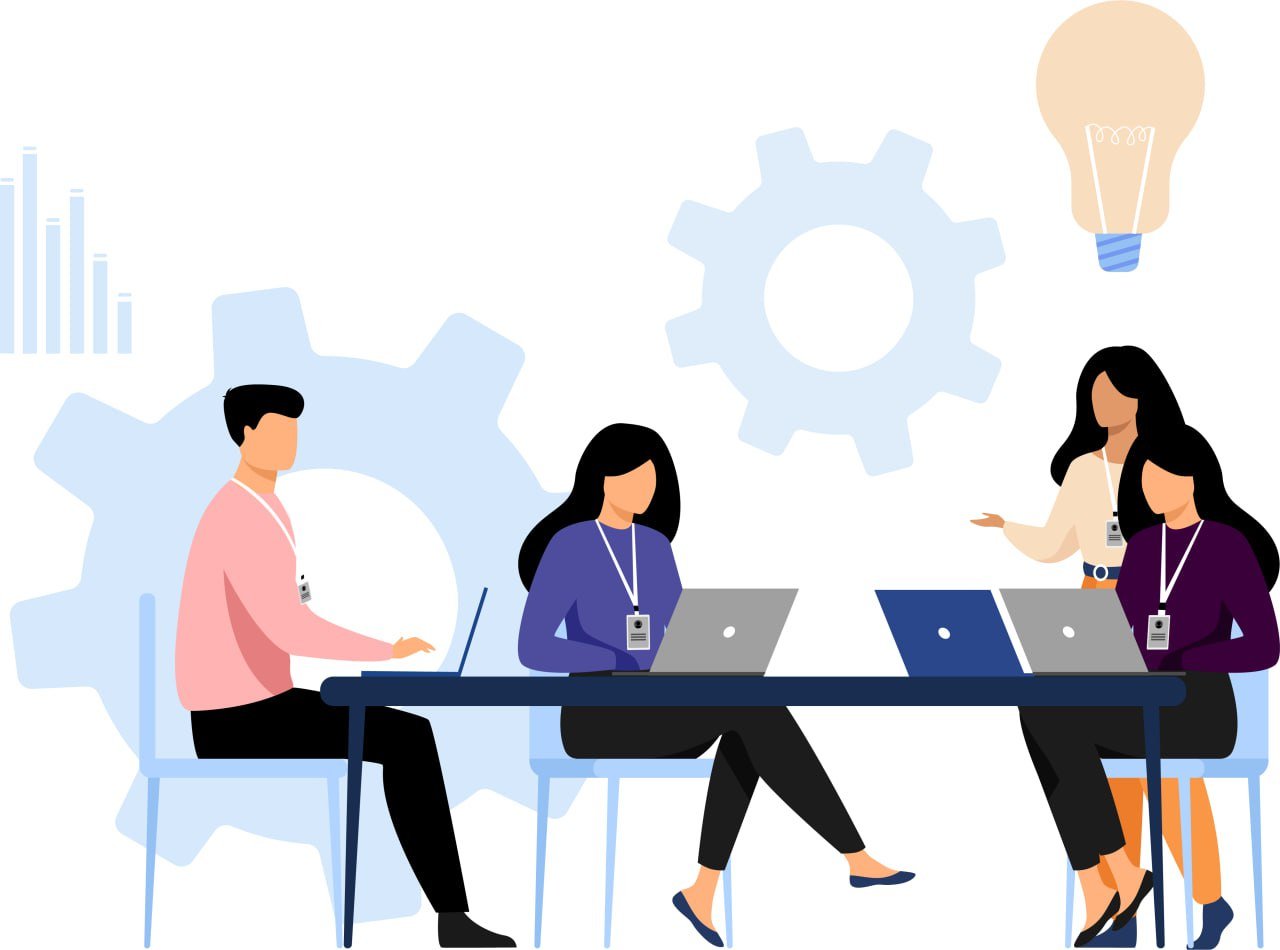
Step 8: Continuous Integration and Continuous Development (CI/CD)
Throughout the development process, we follow the principles of Continuous Integration and Continuous Development (CI/CD). This approach allows us to regularly integrate code changes, perform automated testing, and ensure a smooth and efficient development cycle. CI/CD enables us to maintain quality, reduce risks, and deliver a robust software solution.

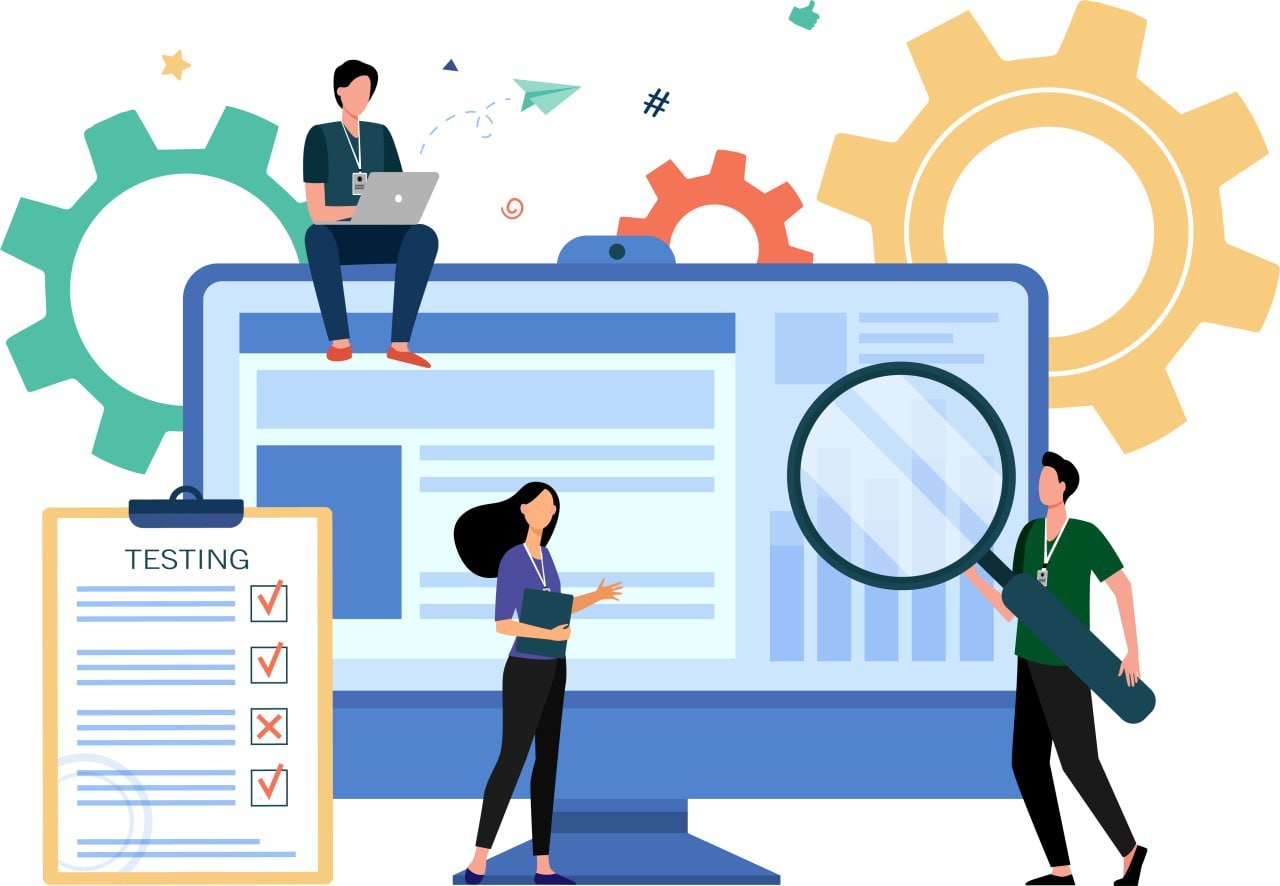
Step 9: Testing and Securing the Product
Quality is of utmost importance to us. Once the development phase is complete, our dedicated testing team rigorously tests the software. We conduct various types of testing, including functional testing, performance testing, and security testing, to ensure that the product meets the highest standards. We prioritize security measures to safeguard your data and protect against potential vulnerabilities.

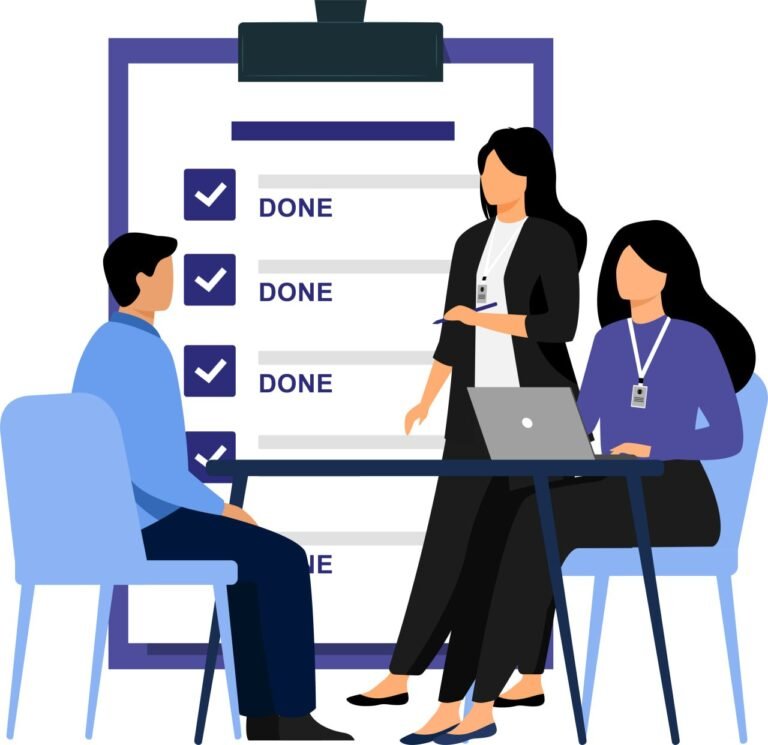
Step 10: Finalizing the Development Process
To ensure your satisfaction, we provide you with a separate login to access the software and perform user acceptance testing (UAT). This allows you to experience the software firsthand, explore its functionalities, and provide feedback. We value your input and make any necessary adjustments to enhance the software based on your testing and feedback. After incorporating your feedback and addressing any remaining issues, we finalize the development process. Our team conducts thorough quality assurance checks to ensure that the software is fully functional, secure, and aligned with your requirements. We prepare the software for deployment and make all the necessary arrangements for a seamless transition.

Conclusion
RudraTech IT Services follows a well-defined and customer-centric software development process. From understanding your needs and signing an NDA for privacy to developing, testing, and securing the software, we ensure that every step is carried out with precision and transparency. Our aim is to provide you with a reliable and tailored software solution that meets your business objectives and drives your success.
We use the latest technologies to build software that is scalable, secure, and user-friendly.
We Use Modern Technologies
to Build Better Software
Front-End
Front-End Framework
Back-End
Back-End Framework
Database
DevOps
Cloud
FAQ(Frequently Ask Questions)
The front-end is the part of a website or application that users interact with. It is responsible for the look and feel of the user interface, such as the layout, colors, and fonts.
The most common languages for front-end development are HTML, CSS, and JavaScript. HTML is used to define the structure of a web page, CSS is used to style the page, and JavaScript is used to add interactivity to the page.
Some popular frameworks for front-end development include React, Angular, and Vue.js. These frameworks provide a lot of functionality out of the box, which can save time and effort for developers.
The back-end is the part of a website or application that is not visible to users. It is responsible for processing data, storing information, and communicating with the front-end.
The most common languages for back-end development are Python, Java, and PHP. These languages are powerful and versatile, and they can be used to build a wide variety of back-end applications.
Some popular frameworks for back-end development include Django, Laravel, and Spring Boot. These frameworks provide a lot of functionality out of the box, which can save time and effort for developers.
A database is a collection of data that is organized in a way that makes it easy to access and manage. Databases are used to store all sorts of data, such as customer records, product information, and financial data.
Some popular databases include MySQL, PostgreSQL, and MongoDB. These databases are all open source, which means that they are free to use and modify.
DevOps is a set of practices that combines software development (Dev) and IT operations (Ops). It is designed to shorten the development lifecycle and improve the quality of software.
- Shorter development cycles
- Improved quality of software
- Increased collaboration Between Dev and Ops teams
- Reduced risk of errors
Cloud computing is a way of delivering computing services over the internet. This includes services such as storage, computing power, and databases.
- Scalability
- Flexibility
- Cost-effectiveness
- Reliability
Why Choose RudraTech
for Custom Software Development in Mumbai?
Choose RudraTech for custom software development in Mumbai to experience tailored solutions, exceptional customer-centricity, and a proven track record of delivering high-quality software that drives your business success.
Customer satisfaction as our priority
Customer satisfaction is our unwavering commitment and ultimate priority in everything we do.
Proven track record
Our extensive track record of successful projects demonstrates our expertise and ability to deliver outstanding results.
Timely delivery and cost efficiency
We strive for punctual delivery and cost efficiency, ensuring that your project is completed on time and within budget, without compromising quality.
Regional presence and global reach
We offer both local accessibility and global reach, enabling us to serve clients worldwide with customized solutions.
Emphasis on quality and security
We prioritize uncompromising quality and robust security measures to ensure the delivery of reliable and secure software solutions.
Ongoing support and maintenance
We provide continuous support and maintenance services to ensure your software remains optimized and up-to-date, empowering your business growth.
What clients say about our Managed IT Services


